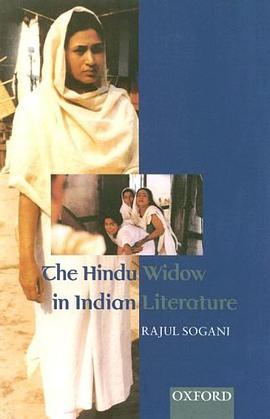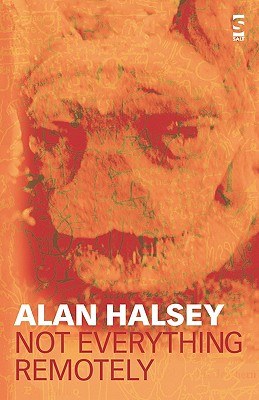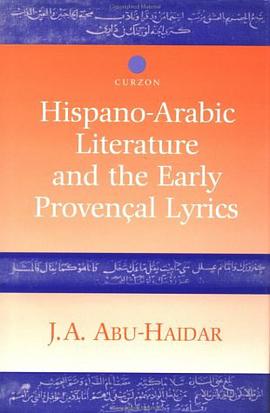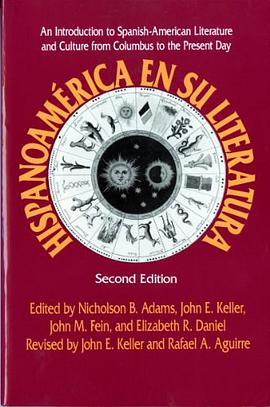

具体描述
The widow was always regarded as a symbol of misfortune and evil in patriarchal Hindu society, and was seldom mentioned in ancient and mediaeval Indian literature. She came into sudden prominence in the 19th century receiving attention, not only from social leaders and reformers, but also from creative writers all over India. This book examines novels about widowhood in eight Indian languages - Bengali, Gujerati, Hindi, Kannada, Marathi, Oriya, Punjabi and Urdu - written in the last 150 years. In the process it uncovers the attitudes - often contradictory - towards widows in upper-caste Hindu society. They have been perceived variously as ascetics, victims, romantic or tragic heroines, sirens, rebels, individuals in search of social identity, and even as mother-figures embodying the values of the entire community or nation. The book provides an intimate glimpse of Indian society and culture, and the changes that have taken place in gender relations over the years. This is done not through statistical data but through a study of popular stories that have reflected and shaped the collective consciousness of the predominantly Hindu culture in India.
作者简介
目录信息
读后感
评分
评分
评分
评分
用户评价
相关图书
本站所有内容均为互联网搜索引擎提供的公开搜索信息,本站不存储任何数据与内容,任何内容与数据均与本站无关,如有需要请联系相关搜索引擎包括但不限于百度,google,bing,sogou 等
© 2025 book.wenda123.org All Rights Reserved. 图书目录大全 版权所有




















